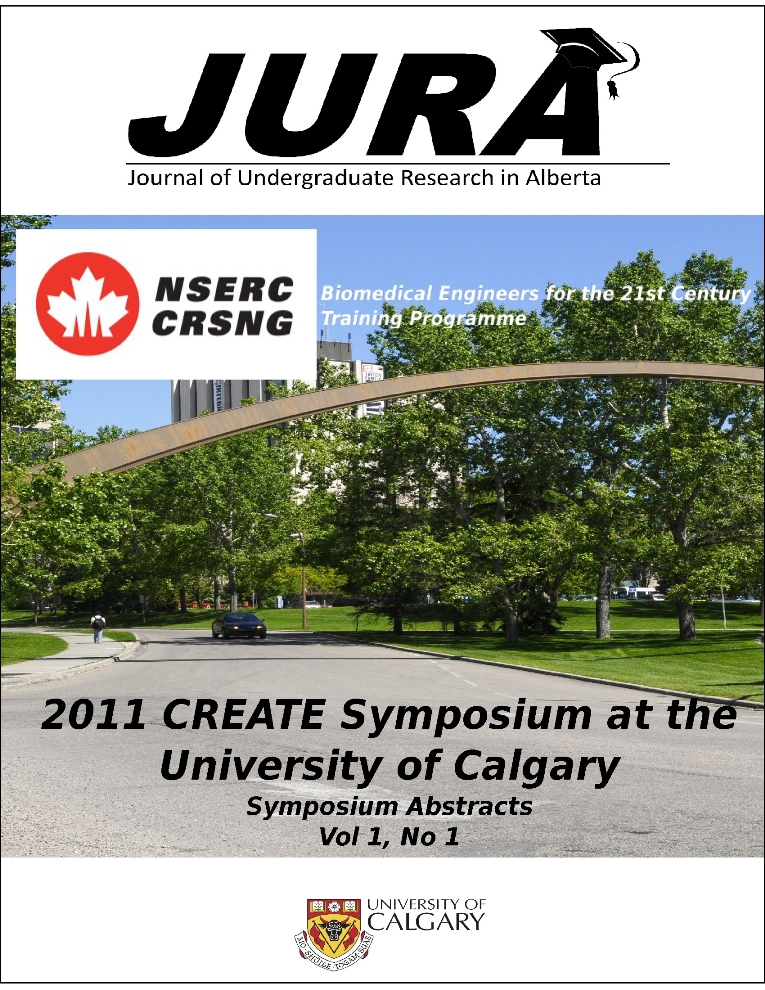Characterization of Recombinant Human PRG4 as an Ocular Surface Boundary Lubricant
Keywords:
PRG4, Ocular Surface Boundary Lubricant, Dry-eye diseaseAbstract
Introduction: Dry-eye disease involves tear film instability that can result in surface-to-surface contact between the cornea and eyelid or contact lens, where boundary lubrication can be dominant1. Motivated by the recent discovery that proteoglycan 4 (PRG4, a mucin-like glycoprotein originally discovered in synovial fluid as a boundary lubricant2), functions as an ocular surface boundary lubricant3, advances in recombinant protein expression technology4, and PRG4’s potential use as a friction-reducing contact lens coating, the objectives of this study were to: 1) biochemically characterize recombinant human PRG4 (rh- PRG4); and 2) assess the boundary lubricating properties of rh-PRG4, both before and after autoclave sterilization, at a cornea-contact lens material (PDMS) biointerface.
Methods: SDS-PAGE western blot analysis using a variety of anti-PRG4 antibodies and lectins was performed on native PRG4 (nPRG4) and rh-PRG4 samples, both nonreduced and reduced, with and without enzymatic removal of O-linked glycosylations. Human corneas and PDMS were articulated against each other, subject to physiological loads of 8-25 kPa, at effective sliding velocities of 0.3-30 mm/s. Test lubricant sequences were A) saline, rh-PRG4 @300μg/mL, nPRG4 @300μg/mL, and saline; and B) saline, autoclaved rh-PRG4 @300μg/mL, rh-PRG4 @300μg/mL, and saline. Static and kinetic coefficients of friction were calculated.
Results: rh-PRG4 demonstrated similar immunoreactivity to nPRG4, and effectively lowered friction at the cornea-PDMS biointerface. Western blotting indicated immunoreactive rh-PRG4 bands had a similar apparent molecular weight (MW) to nPRG4, and decreased appropriately upon reduction as well as enzymatic removal of glycosylations. Kinetic friction coefficients, which were highest in saline (0.31±0.06 to 0.40±0.06, mean±SEM), were similar in rh-PRG4 (0.12±0.01 to 0.25±0.03) and nPRG4 (0.19±0.02 to 0.28±0.03) across all velocities. Autoclaved rh-PRG4 had similar values to rh-PRG4 as well (0.19±0.02 to 0.26±0.04, 0.16±0.02 to 0.26±0.02, respectively).
Conclusions: rh-PRG4 demonstrates similar biochemical and ocular surface lubricating properties to nPRG4, and may function as an effective friction-reducing contact lens coating.
Downloads
References
2. Swann DA, Slayter HS, Silver FH, “The molecular structure of lubricating glycoprotein-I, the boundary lubricant for articular cartilage”, J Biol Chem, vol. 256, no. 11, 1981. pp. 5921-5925.
3. Morrison S, Sullivan DA, Sullivan BD, Sheardown H, Schmidt TA, “Dose-dependent & synergistic effects of proteoglycan 4 (PRG4) on boundary lubrication at a human cornea – contact lens biointerface”, Eye & Contact Lens (in revision).
4. Girod P, Nguyen D, Calabrese D, Puttini S, Grandjean M, Martinet D, Regamey A, Saugy D, Beckmann JS, Bucher P, Mermod N, “Genome-wide prediction of matrix attachment regions that increase gene expression in mammalian cells”, Nature Methods, vol. 4, no. 9, 2007. pp. 747-753.
Downloads
Published
Issue
Section
License
Authors retain all rights to their research work. Articles may be submitted to and accepted in other journals subsequent to publishing in JURA. Our only condition is that articles cannot be used in another undergraduate journal. Authors must be aware, however, that professional journals may refuse articles submitted or accepted elsewhere—JURA included.


